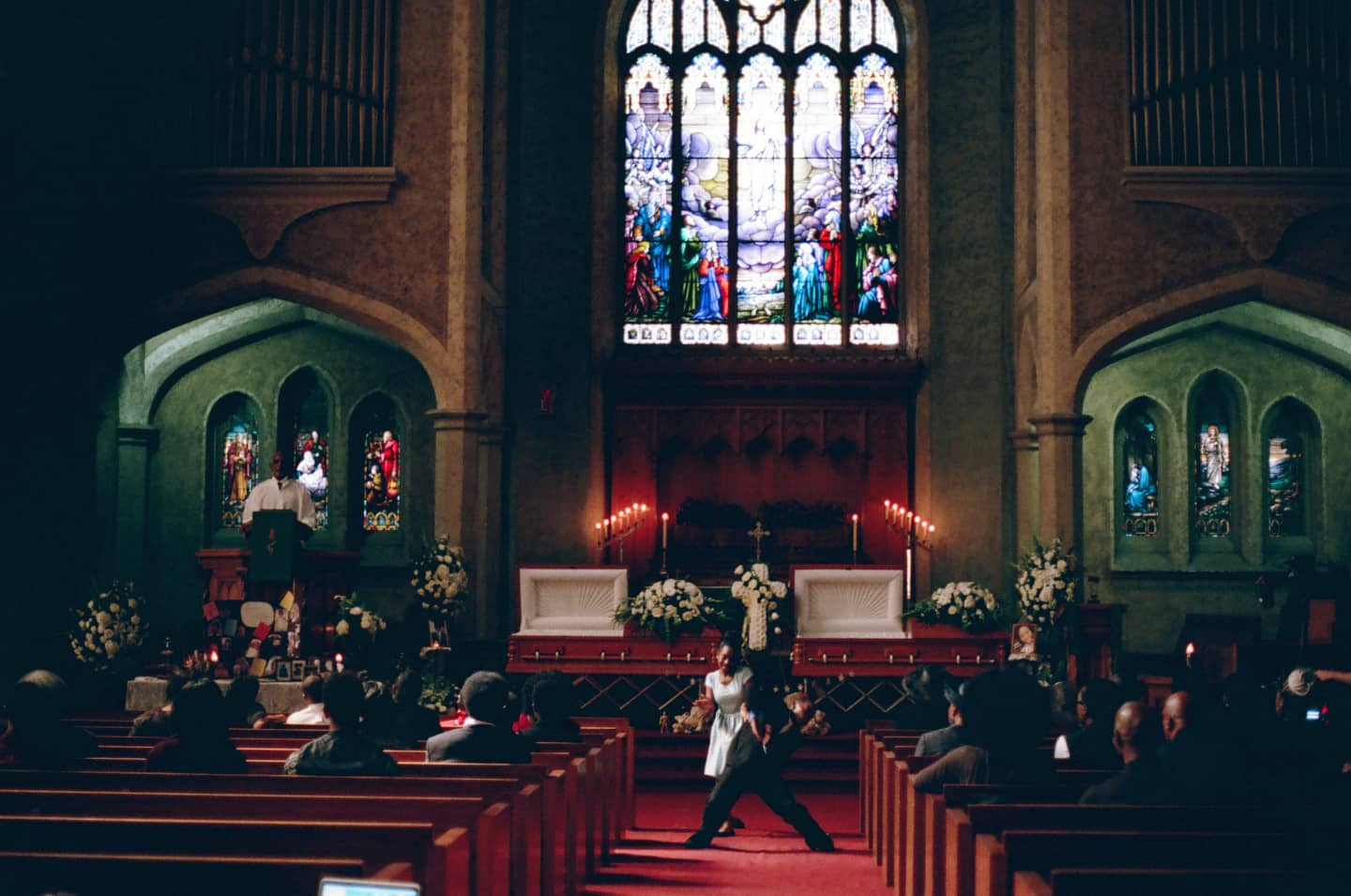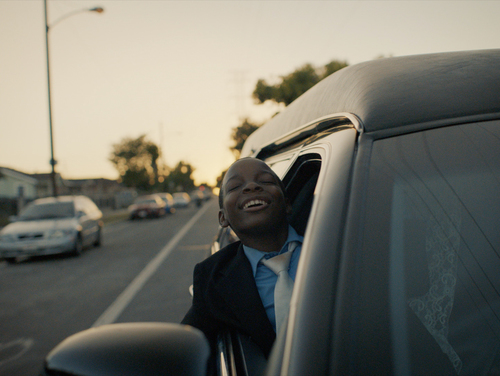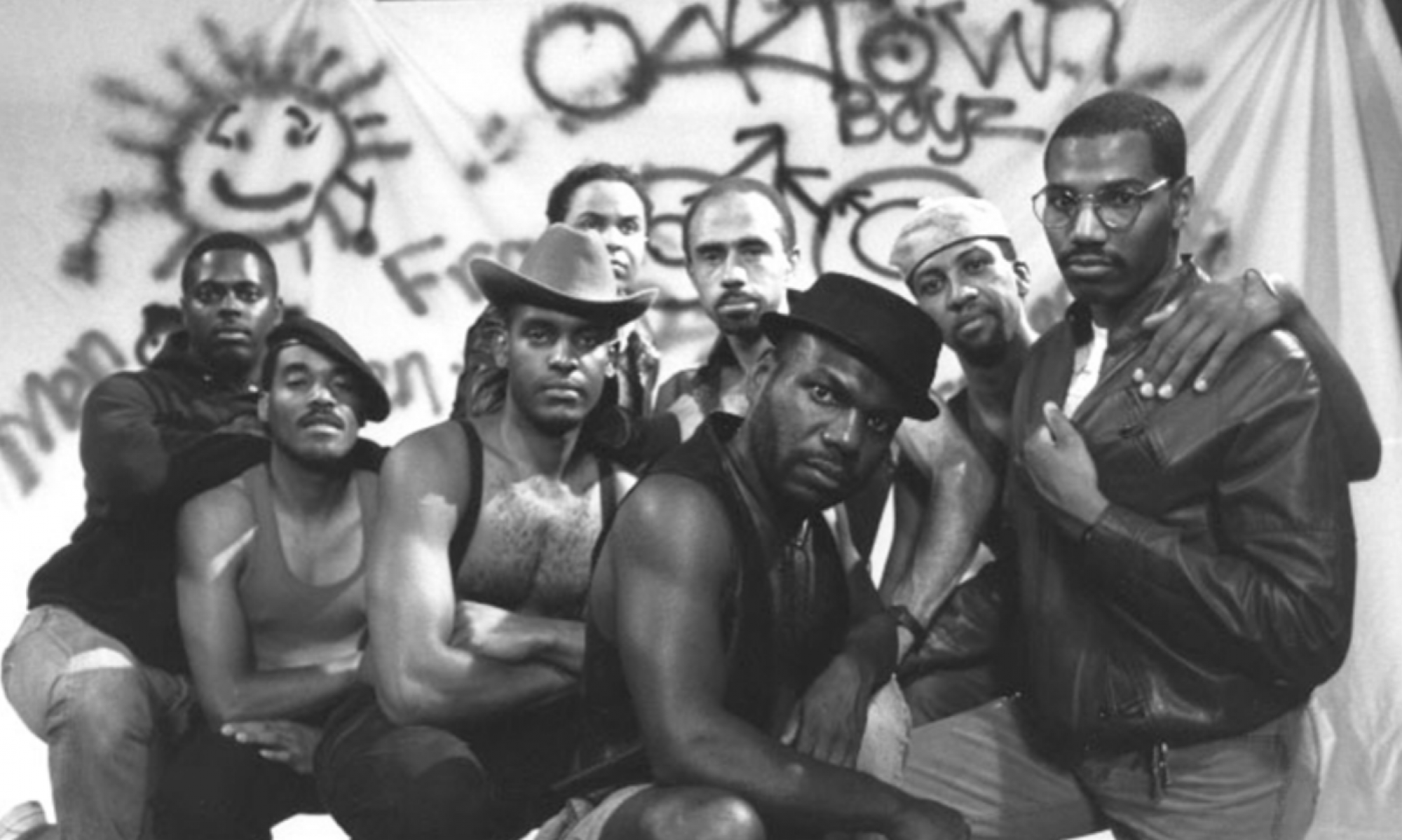Childish Gambino’s music video This Is America comes as an immediate shock to anyone who sees it. From the guitarist shot execution-style at the beginning to the chorus getting mowed down at the hands of Gambino with an assault rifle, mirroring the mas murder at a Charleston church, the video very deliberately focuses on the constant violence against black bodies while awkwardly juxtaposing it behind entertainment and black art. Gambino’s point is shocking and provoking, but provoking of what? The video has many many layers of imagery to focus on the objectification of black bodies, from the fact that the entire video is shot within a warehouse (referencing the direct commodification of all that are trapped within the warehouse), to the confederate pants that Gambino wears, to the (referencing the close proximity to the end of slavery), to the Jim Crow-era exaggeration of black features that Gambino portrays in himself, black objectification is pervasive awkwardly throughout the entire video, to show that the facts of reality when laid bare are very awkward. However, where does the theme go beyond this?
The video portrays blatant violence against black bodies, obviously as a point to provoke and shock the viewer, but further than that, where does it go? Gambino also uses the dancing of himself and black children as an awkward juxtaposition of two things that we are wildly saturated with: violence against black bodies and entertainment from black bodies. Both being strong forms of objectification that he is highlighting. The main relation being that the entertainment ironically overshadows the violence. Is the use of violence as a creative tool by Gambino complicit, or the point itself? Whatever direction that critiques of This Is America go, they all seem to converge at the possible analysis that this is the point; he’s his use of tactics that are common in popular media, though exaggerated, is the point he is trying to make. A critique of this overall creative method lies in a difficult space between Raquel Gates’s point, “[…] this focus on the alleged impact of reality TV on young people is a coping mechanism aimed at alienating feelings of helplessness or frustration in a world where structural racism still has material and political effects by assuring black people that the end of racism and oppression is as close as one “good” black character on television.” and Audre Lorde’s statement, “The master’s tools will never dismantle the master’s house”; that is to say that the critique of Gambino’s theatrical toolbox being in bulk violence and objectification could simply be grasping at a portrayal that has negligible effects, or it could be validly pointing out a poor performance that could otherwise get across the same themes without using the same tools of sterilized black culture and bodies and the violences against them as theatrical capital. As a perspective of where similar themes are being portrayed, but in a very different emotional light, we’ll look at Flying Lotus’s Never Gonna Catch Me feat. Kendrick Lamar.
In this music video, the scene shifts shots by way of subject-to-subject transitions, all within the same scene, but giving the viewer a sense of omnipotent viewership of the scene of a small church, where a funeral of two black children is being held. As expected of Hiro Murai, the scene is surreal, by omitting sounds of the scene itself, but only using the sound of the song; there is no ambiance. The scene breaks its solid mood of mourning when the two children wake up. They start dancing, in an awkward juxtaposition of the moods of dancing, happy children, in a church full of family and friends mourning their deaths, where the mourners are completely unaware.
 The children shift from dancing to running, as they run from their own caskets, in a way like children running from an obligation, like a normal church service, rather than their own funeral. They’re having fun, celebrating their lives, giving the viewer an unexpected emotional experience out of this normally grim scene. As the children run away from the funeral, the scene opens up to the outside of the church, where they’re able to dance and enjoy the sunlight, with other black children, in a normal, happy neighborhood setting. The scene is now completely happy, with no reference to the previously grim scene that the children were just in, that is until they run to steal the hearse that was meant for them. As they steal the hearse, they’re still happy, celebrating their lives, and triumphing over the death that just loomed over them. The last shot, highlighting this the most, is the boy in the passenger seat of the hearse that was meant to transport him to his grave, feeling the wind in his face and smiling as he rides away.
The children shift from dancing to running, as they run from their own caskets, in a way like children running from an obligation, like a normal church service, rather than their own funeral. They’re having fun, celebrating their lives, giving the viewer an unexpected emotional experience out of this normally grim scene. As the children run away from the funeral, the scene opens up to the outside of the church, where they’re able to dance and enjoy the sunlight, with other black children, in a normal, happy neighborhood setting. The scene is now completely happy, with no reference to the previously grim scene that the children were just in, that is until they run to steal the hearse that was meant for them. As they steal the hearse, they’re still happy, celebrating their lives, and triumphing over the death that just loomed over them. The last shot, highlighting this the most, is the boy in the passenger seat of the hearse that was meant to transport him to his grave, feeling the wind in his face and smiling as he rides away.

Obviously, Flying Lotus’s music video has a much more uplifting, freeing overall message than Gambino’s video, however still juxtaposing the same elements, but in very different ways. The theme is still there: we must reconcile constant, unnatural deaths of innocent black bodies, but how each artist copes with the deaths are very different. Gambino’s video is full of shocking depictions of the deaths themselves, inciting discomfort and even rage, whereas the Flying Lotus video highlights the triumphs over death, or even specifically despite death. Flying Lotus gives us a celebration of life, and Childish Gambino gives us a disavowal of the environment that allows the death to happen in the first place, both being different stages of grief. Flying Lotus, however, gives us more to the theme than just simply the injustice of these deaths while children can have fun and dance. Flying Lotus’s music video is a celebration of life and the beauty that freedom in culture and life can create, all while using the same method of juxtaposing death with dance. Does Gambino have a point? Yes, of course, just as rage at a funeral can be just, but dwelling on this rage and going no further in the theme than simply highlighting fear and injustice is further perpetuating the injustice that has been done to the people that are being mourned and the more who will be mourned. Gambino shows us the deaths that must be mourned, thus being complicit in the mass bombardment of exposure to violence against black bodies, whereas Flying Lotus highlights the obvious injustice (simply in the form of the deaths of children) and pushes us further to celebrate the freedom and beauty in life to triumph over death.
